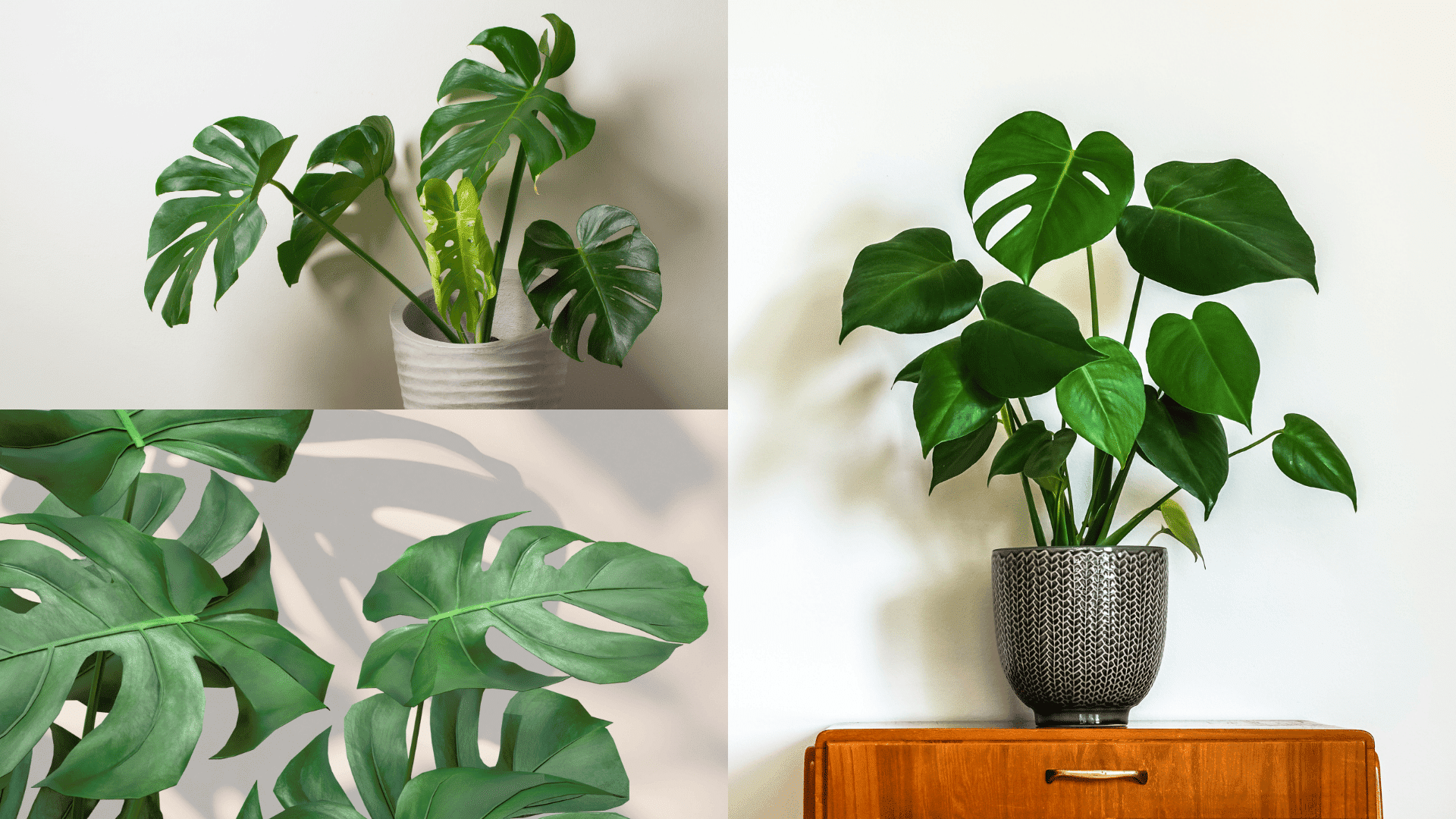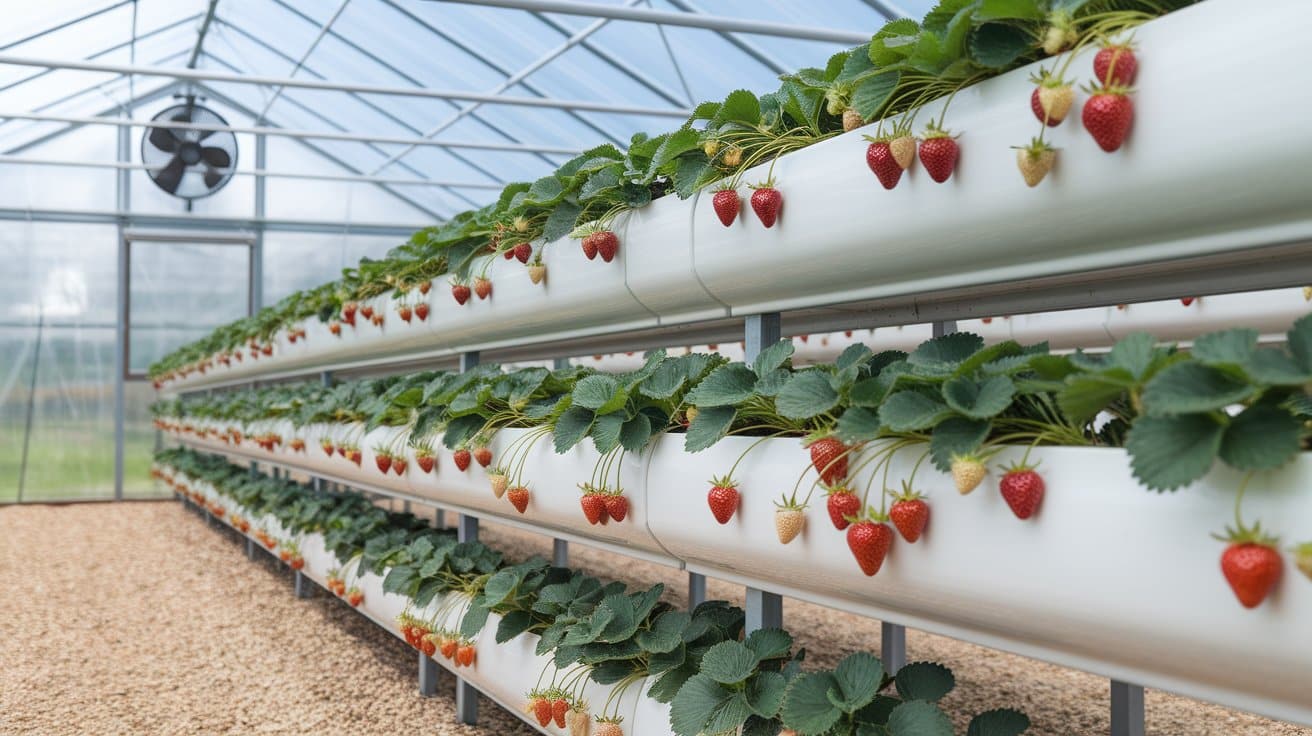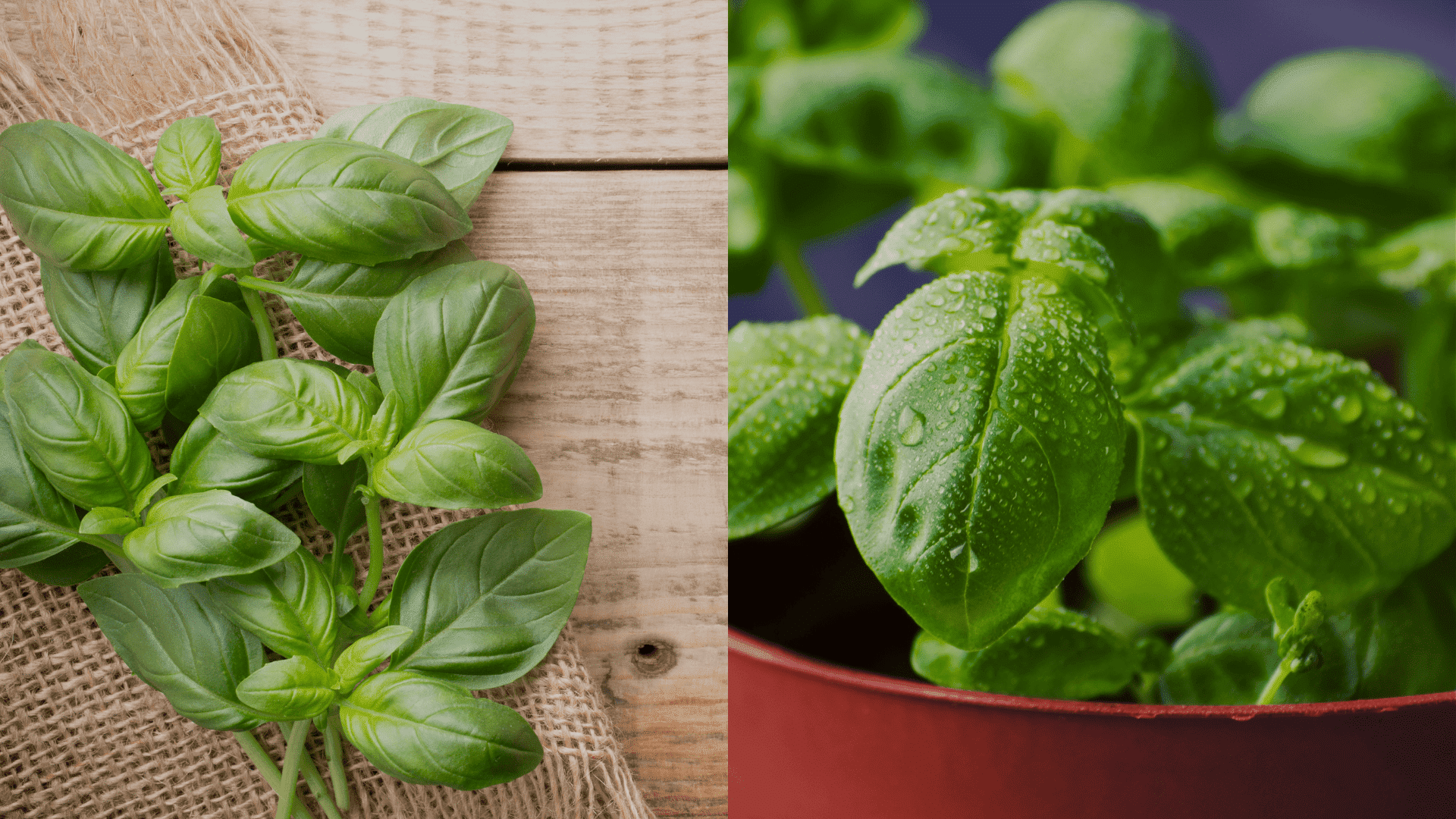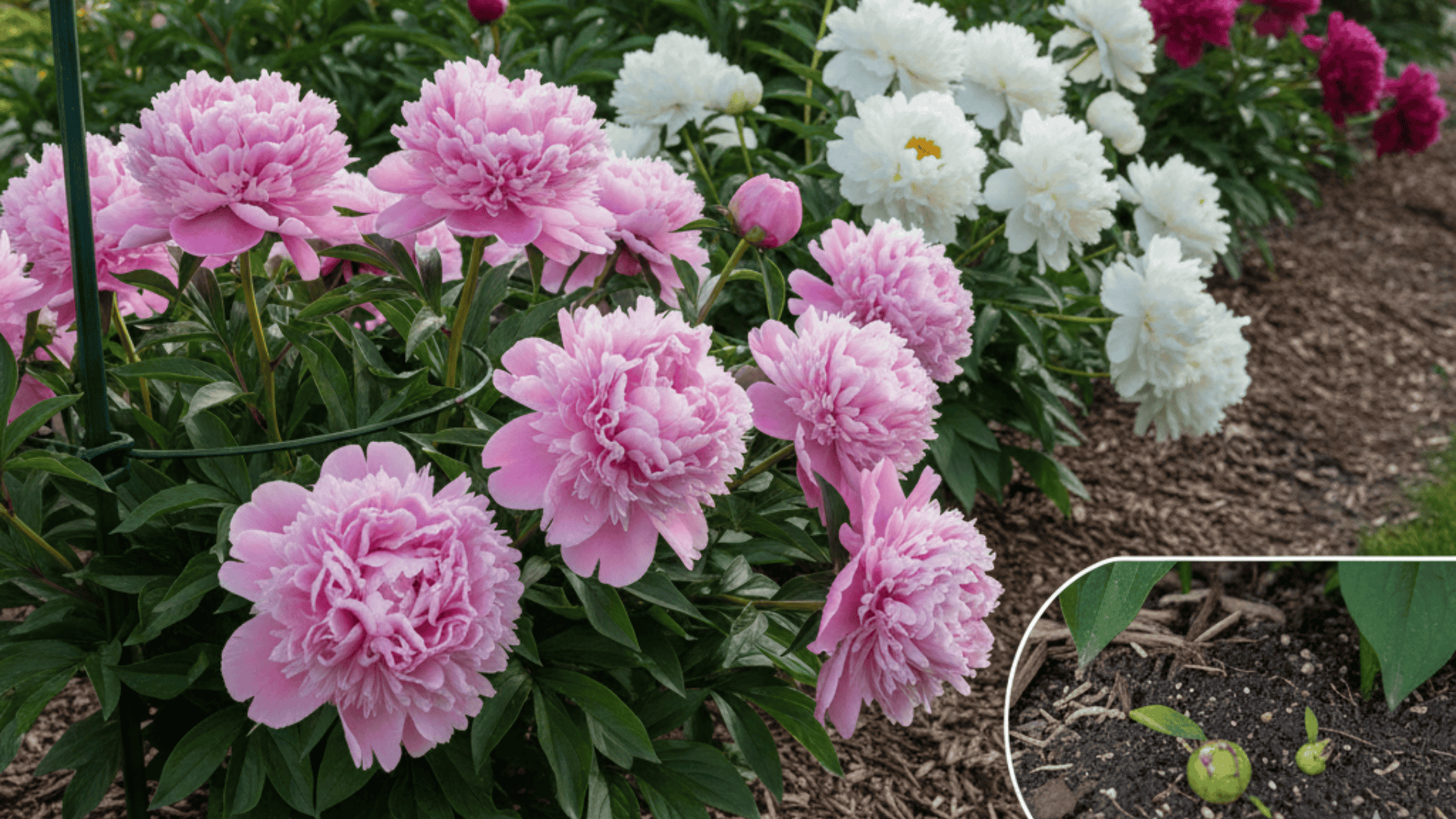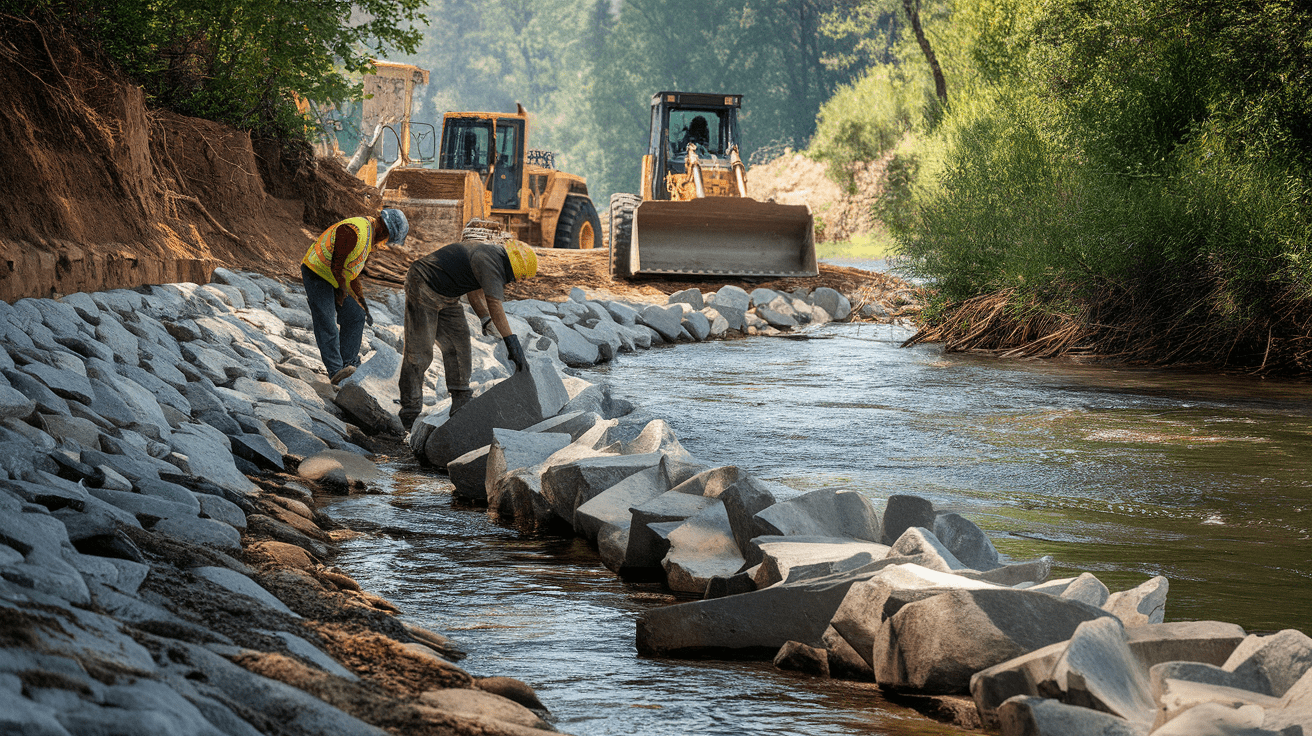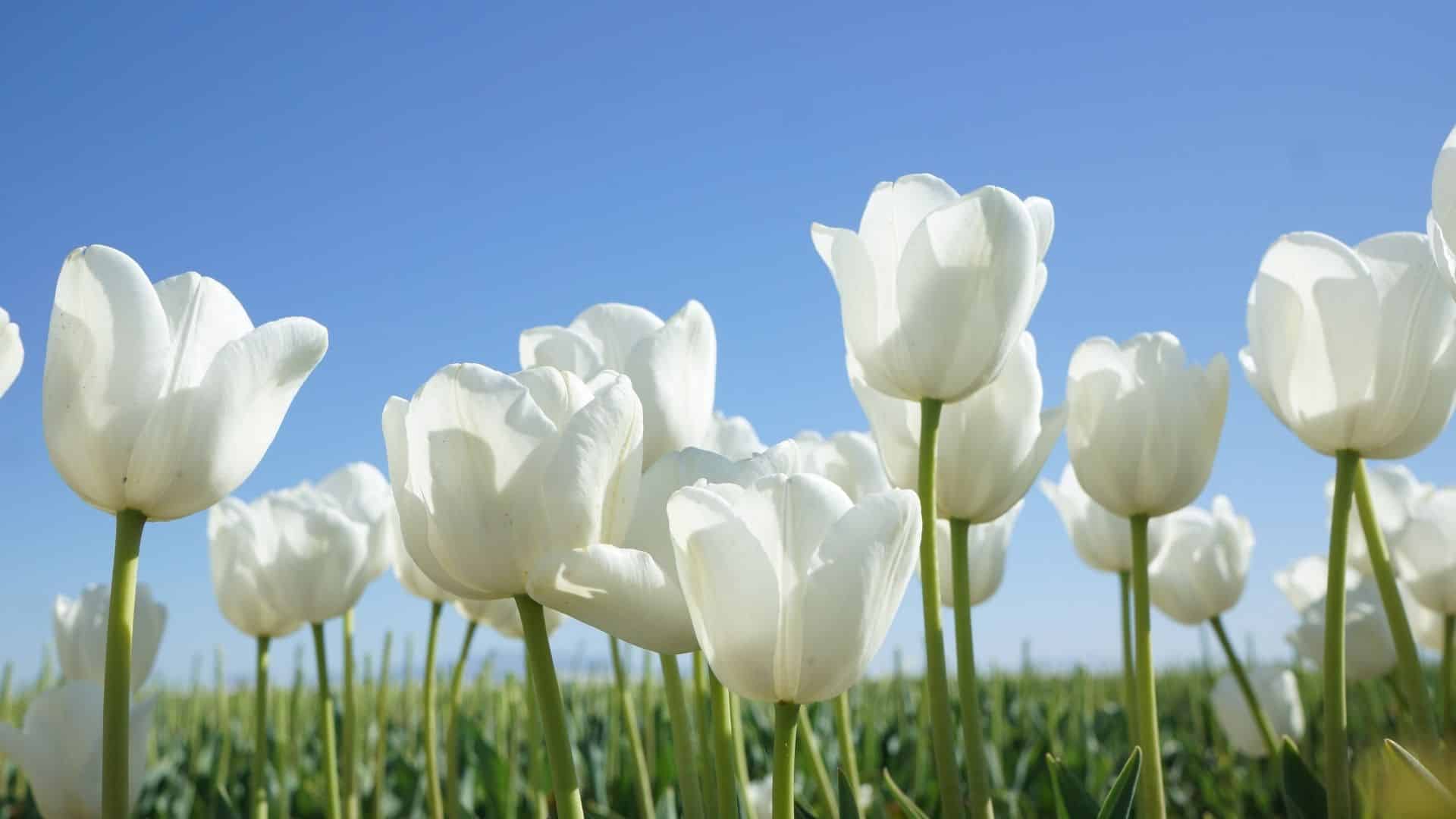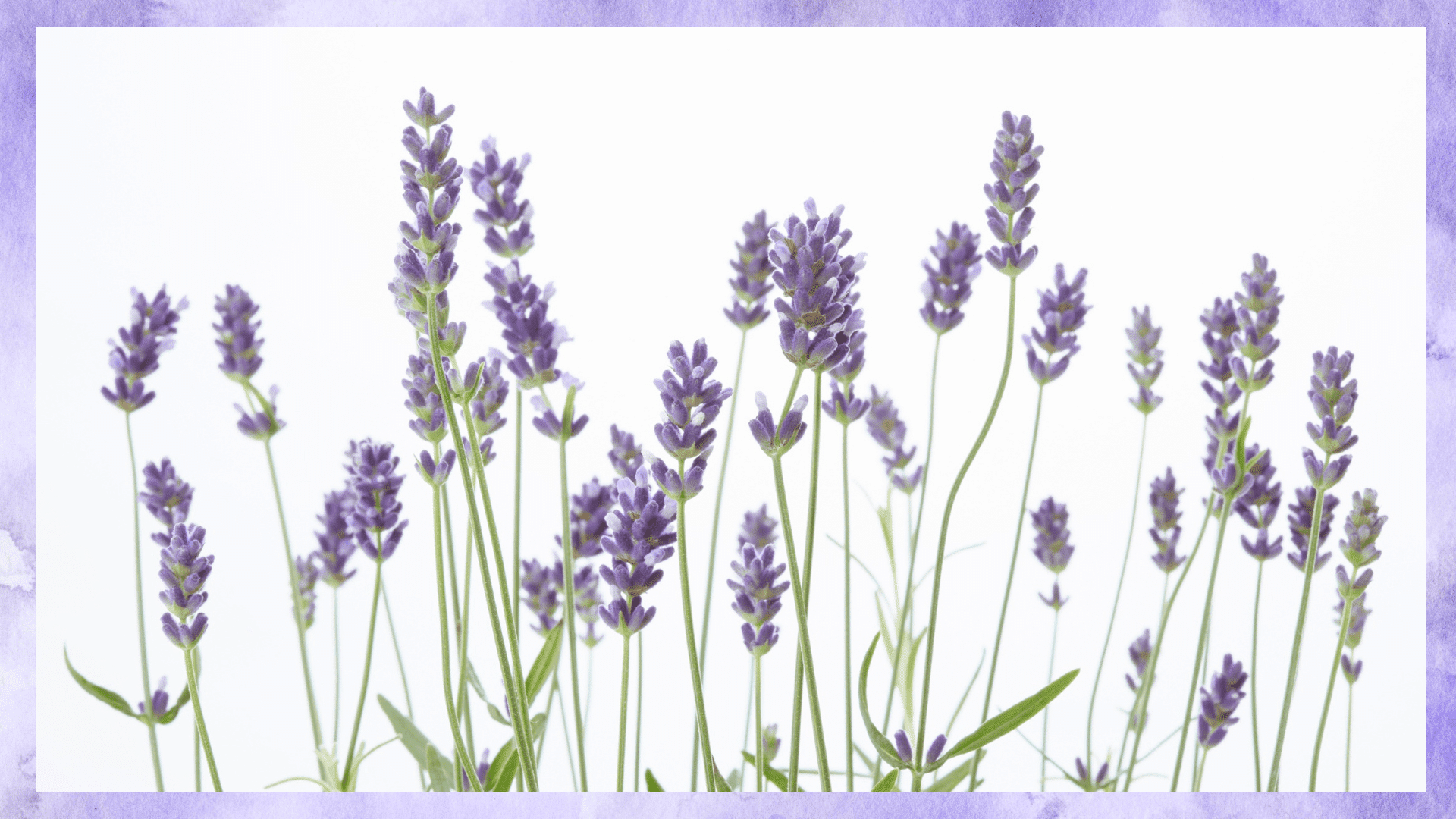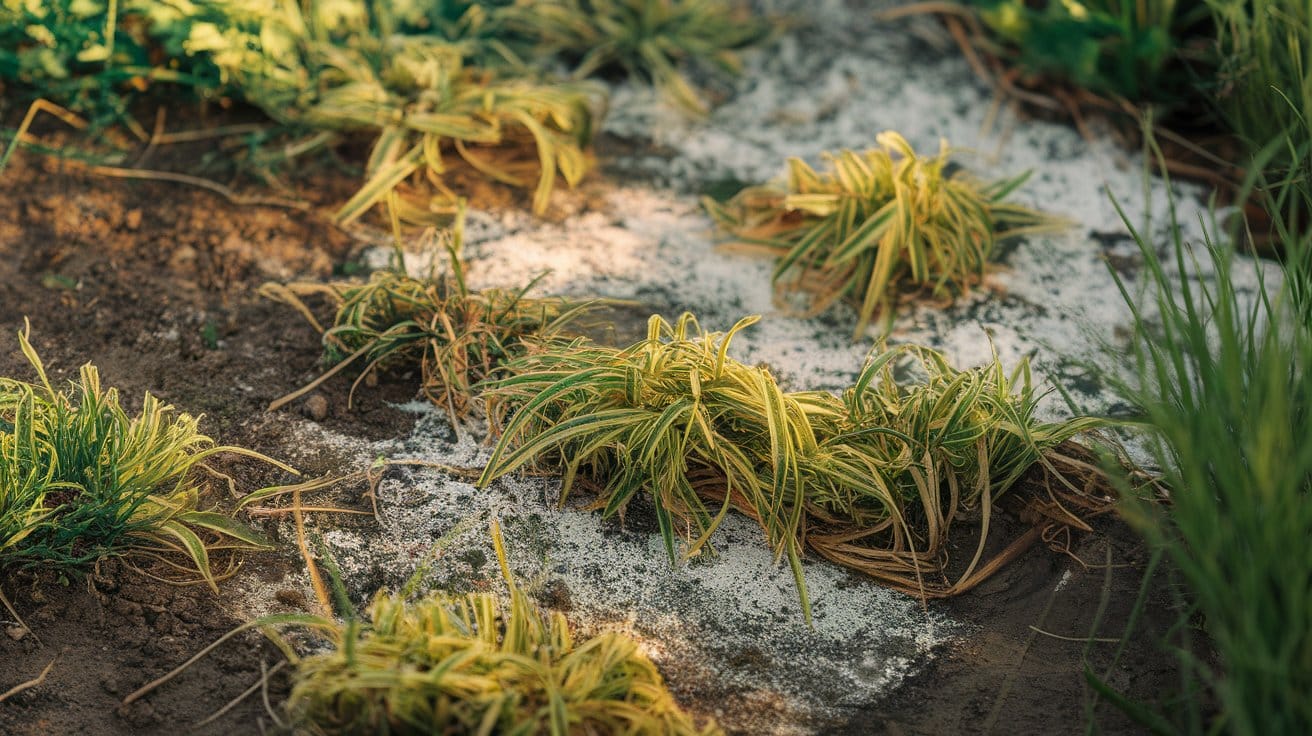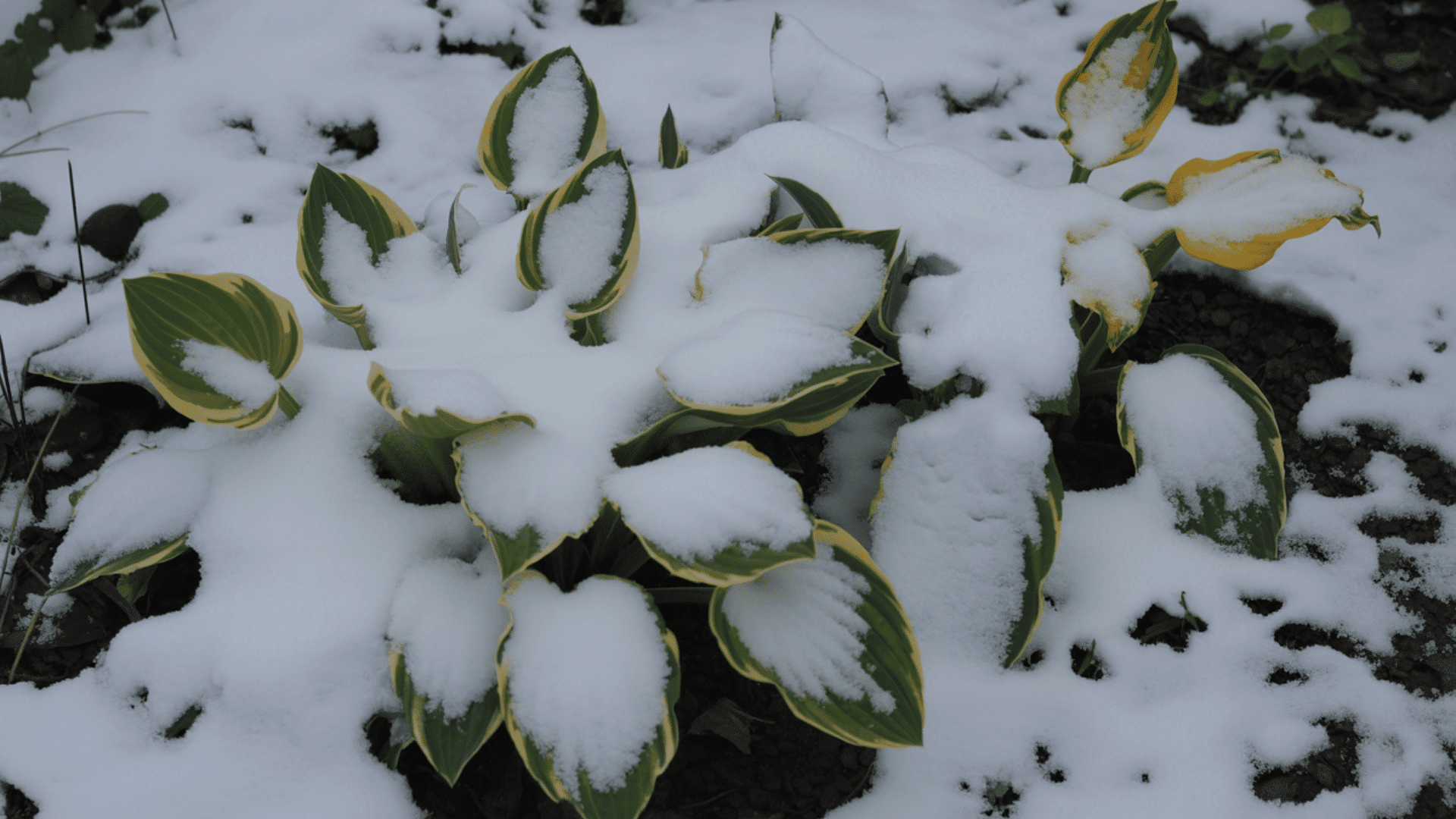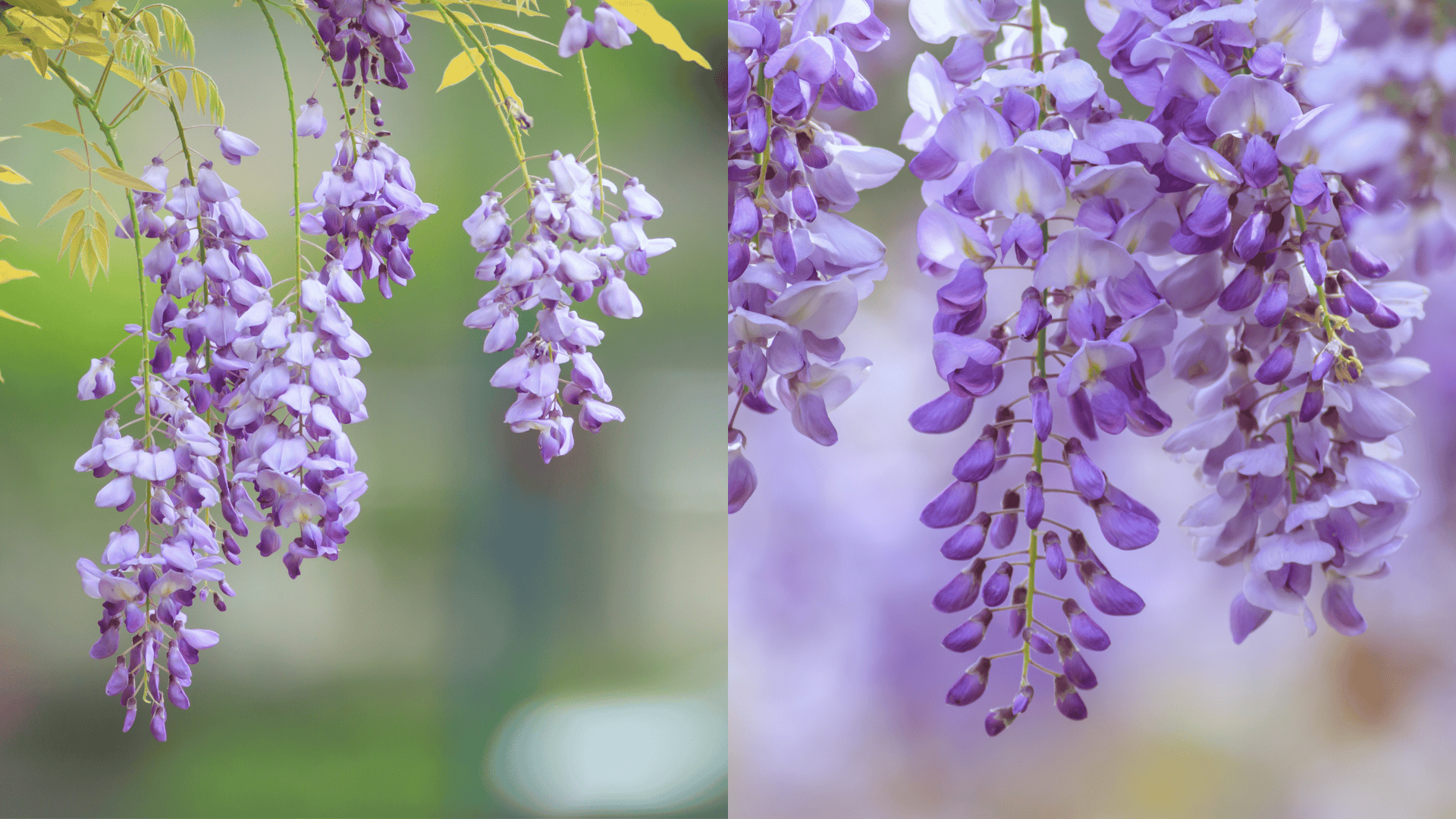These plants have earned a place as my favorite plants.
Not just me, but everyone admired them for their lush, split leaves and striking tropical presence.
Both Monstera Deliciosa and Monstera Adansonii grow beautifully indoors when given the right mix of light, soil, and humidity.
This Monstera care guide offers everything needed to keep these plants flourishing year-round, covering watering routines, pruning techniques, and essential growing conditions.
With a few consistent habits and a bit of patience, a Monstera can transform any space into a refreshing, tropical corner filled with natural charm and effortless greenery.
What is Monstera?
Monstera, also known as the Swiss cheese plant, is a tropical evergreen native to Central and South America.
It’s famous for its climbing nature, large, split leaves, and the fenestrations (natural holes) that give it its iconic look.
The name Monstera comes from Latin, meaning “abnormal,” referring to its unusual leaf patterns.
There are over 45 species, but the two most popular indoor types are Monstera Deliciosa and Monstera Adansonii, both easygoing, forgiving, and visually stunning.
In their rainforest homes, Monstera climb trees using aerial roots to reach sunlight.
These roots absorb moisture and nutrients from the air, making them perfectly suited for humid indoor environments.
With the right care, they’ll reward you with lush, glossy leaves that keep getting bigger and more impressive over time.
How Much Light Does a Monstera Need?
Monstera grows best in bright, indirect sunlight that replicates dappled forest light.
- Monstera Deliciosa: Needs at least 6 hours of bright, filtered light daily.
- Monstera Adansonii: Can tolerate lower light levels but grows faster near bright windows.
Position your plant near a window with sheer curtains or place it several feet from a bright, sunny spot.
If natural light is limited, grow lights can supplement for 10–12 hours daily.
Avoid harsh afternoon sunlight that can scorch leaves, leaving brown patches or faded spots.
How Often Should You Water a Monstera?
Overwatering is the number-one cause of Monstera problems.
These plants like deep, thorough watering followed by a dry period.
Let the top two inches of soil dry before watering again.
In summer, once a week is enough; in winter, every 10–14 days works better; always use room-temperature, filtered water and allow excess moisture to drain completely.
Pro Tip: If you notice yellowing leaves on Monstera, it’s often due to soggy soil or poor drainage. Repot into a chunkier mix, and it’ll perk up within days.
Keep humidity around 60–70%, Monstera adore a humid environment.
Misting, pebble trays, or a small humidifier can make a big difference in leaf texture and color.
What Type of Soil is Best for Monstera Plants?
Monstera love light, well-draining soil that retains some moisture without becoming compact.
A good mix includes:
- 3 parts potting soil
- 2 parts bark
- 1 part perlite or pumice
Think of it like creating a miniature rainforest floor, airy, rich, and full of space for roots to breathe.
Repot every 2–3 years or when roots start circling the pot.
If your plant looks droopy or growth slows, it might be root-bound.
A larger pot with fresh soil revives it quickly and encourages new leaves.
What Temperature and Environment Do Monstera Prefer?
Monstera grows well in warm, stable environments between 65–85°F (18–29°C).
They dislike sudden temperature changes and cold drafts, so keep them away from air conditioners, heaters, and windows that get chilly at night.
Dry indoor air can lead to brown tips on Monstera, a common issue during winter.
Use a humidifier or group plants together to boost moisture.
| Quick trick Brown edges + crispy leaves = low humidity. Pale leaves = low nutrients. |
Monstera are great at sending SOS signals, and you just have to read them.
Monstera Deliciosa vs. Monstera Adansonii
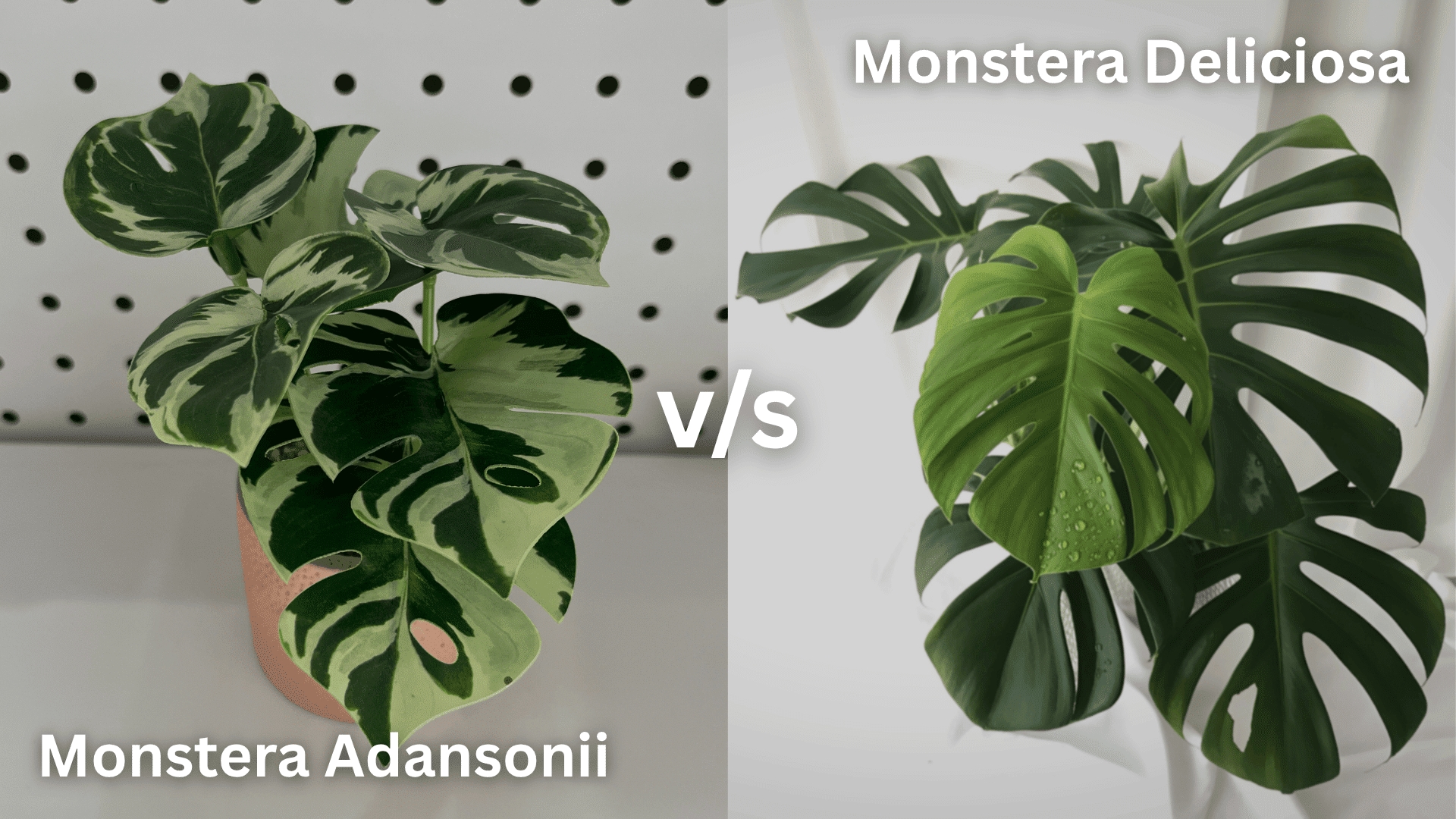
While both species share the Monstera name and tropical origins, they differ in size, shape, and growth patterns.
The table below highlights key distinctions to help you decide which variety best suits your space and care preferences.
| Feature | Monstera Deliciosa | Monstera Adansonii |
|---|---|---|
| Common Name | Swiss Cheese Plant | Swiss Cheese Vine |
| Leaf Shape | Broad, heart-shaped leaves with deep splits | Smaller, elongated leaves with oval holes |
| Growth Habit | Upright climber | Vining habit |
| Mature Size | Up to 8–10 feet indoors | Around 3–5 feet indoors |
| Light Needs | Bright, indirect light | Bright, indirect light |
| Watering Frequency | Every 1–2 weeks | Every 7–10 days |
| Humidity Preference | Moderate to high humidity | High humidity |
| Ideal Placement | Floor pots near bright windows | Shelves with filtered light |
| Ease of Care | Moderate | Easy |
| Fertilization | Monthly during spring and summer | Every 6 weeks during the growing season |
| Propagation | Stem cuttings with nodes | Stem cuttings |
Both plants are part of the Araceae family and share similar needs for warmth, light, and humidity.
Deliciosa is bold and dramatic; Adansonii is petite and playful.
Choose one or both, depending on your space.
Monstera Care Guide: Indoor Essentials for Beginners
Healthy indoor Monstera grow well when given the right balance of light, water, and air.
For new plant owners, understanding these basics is the first step to success:
- Lighting: Bright, indirect light near east or south windows.
- Soil: Use a mix of potting soil, perlite, and bark for airflow and drainage.
- Water: Water deeply, then let the top 2 inches of soil dry before watering again.
- Air Circulation: Keep plants in open, airy spots to prevent mold and weak growth.
- Container: Always choose pots with drainage holes; avoid standing water.
Once I started checking soil moisture instead of sticking to a “weekly watering rule,” my Monstera doubled in size.
Seasonal Care Routine
Adjusting care throughout the year is key to healthy, consistent growth.
This seasonal chart summarizes what your monstera care guide indoor routine should look like across the seasons.
| Season | Care Focus | Adjustment Tips |
|---|---|---|
| Spring | Active growth begins | Start fertilizing, increase light, and prune lightly |
| Summer | Peak growth phase | Maintain watering, monitor humidity, and clean leaves |
| Fall | Transition period | Reduce feeding, limit watering, trim faded leaves |
| Winter | Dormant rest phase | Keep the soil drier, avoid cold drafts, and provide light |
Your Monstera’s growth naturally slows in winter, don’t panic if it stops producing new leaves for a while.
It’s just recharging for spring.
Pruning, Fertilization, and Propagation in Monstera
A balanced routine of pruning, fertilizing, and propagation is central to maintaining a healthy Monstera.
These care practices not only improve plant health but also enhance appearance, stability, and longevity in indoor spaces.
1. When and How Should You Prune a Monstera?
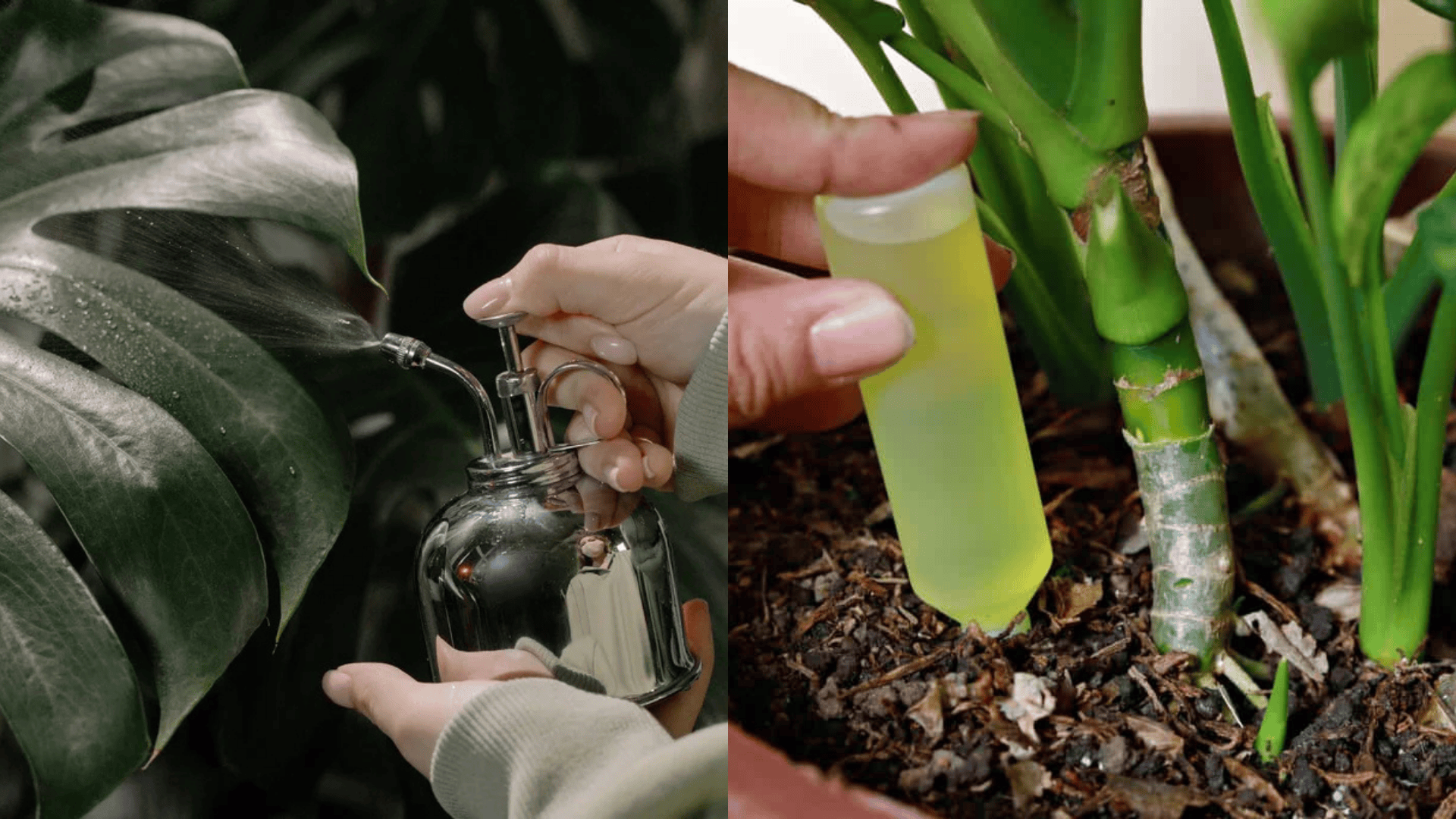
Pruning helps your Monstera stay lush, compact, and disease-free.
It improves airflow, removes old foliage, and encourages new growth.
- When to Prune: Early spring or mid-summer is best for trimming yellow, damaged, or overgrown stems.
- How to Prune: Cut just above a node or aerial root using clean, sterilized shears.
- Why It Matters: Directs nutrients to new leaves and maintains balanced growth.
- Root Training: Gently guide aerial roots into soil or around moss poles to anchor and stabilize the plant.
Routine trimming keeps your Monstera manageable and visually appealing, making it a natural fit for indoor décor.
2. How Do You Fertilize a Monstera Plant?
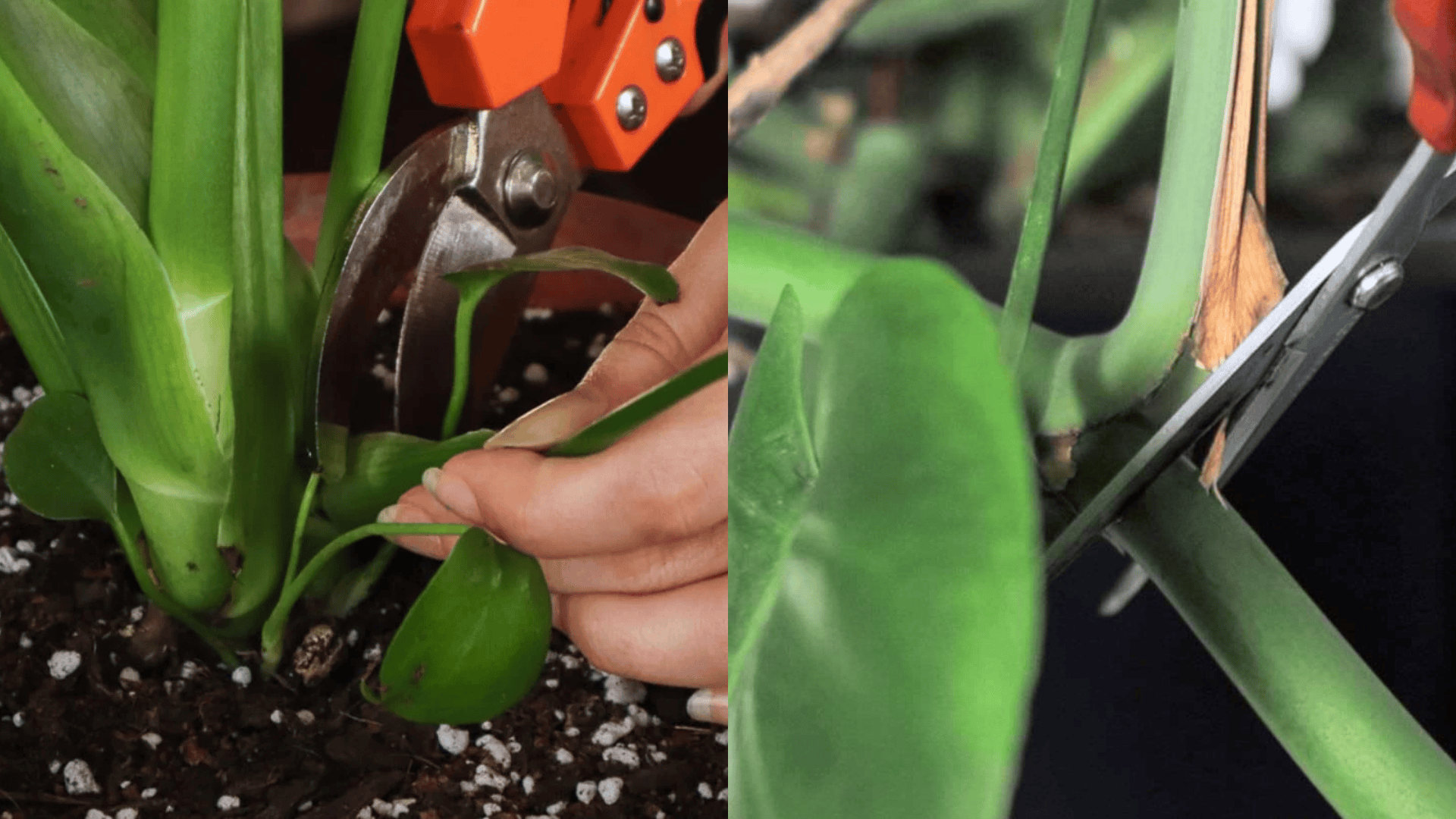
Feeding your Monstera provides the nutrients it needs for large, glossy leaves and consistent development.
A thoughtful feeding schedule ensures balance without overstimulation.
- When to Fertilize: Begin in spring as new leaves appear; feed every 4–6 weeks through early fall. Pause in winter when growth slows.
- What to Use: Choose a balanced, water-soluble fertilizer (10-10-10 or 20-20-20) at half strength. Organic options like compost tea or fish emulsion offer slow, gentle nutrition.
- How to Apply: Water before fertilizing to prevent root burn. Using excess fertilizer sparingly can cause oversized leaves with fewer splits.
A moderate feeding routine supports vibrant color, strong stems, and continuous leaf production.
3. Propagation and Air Layering
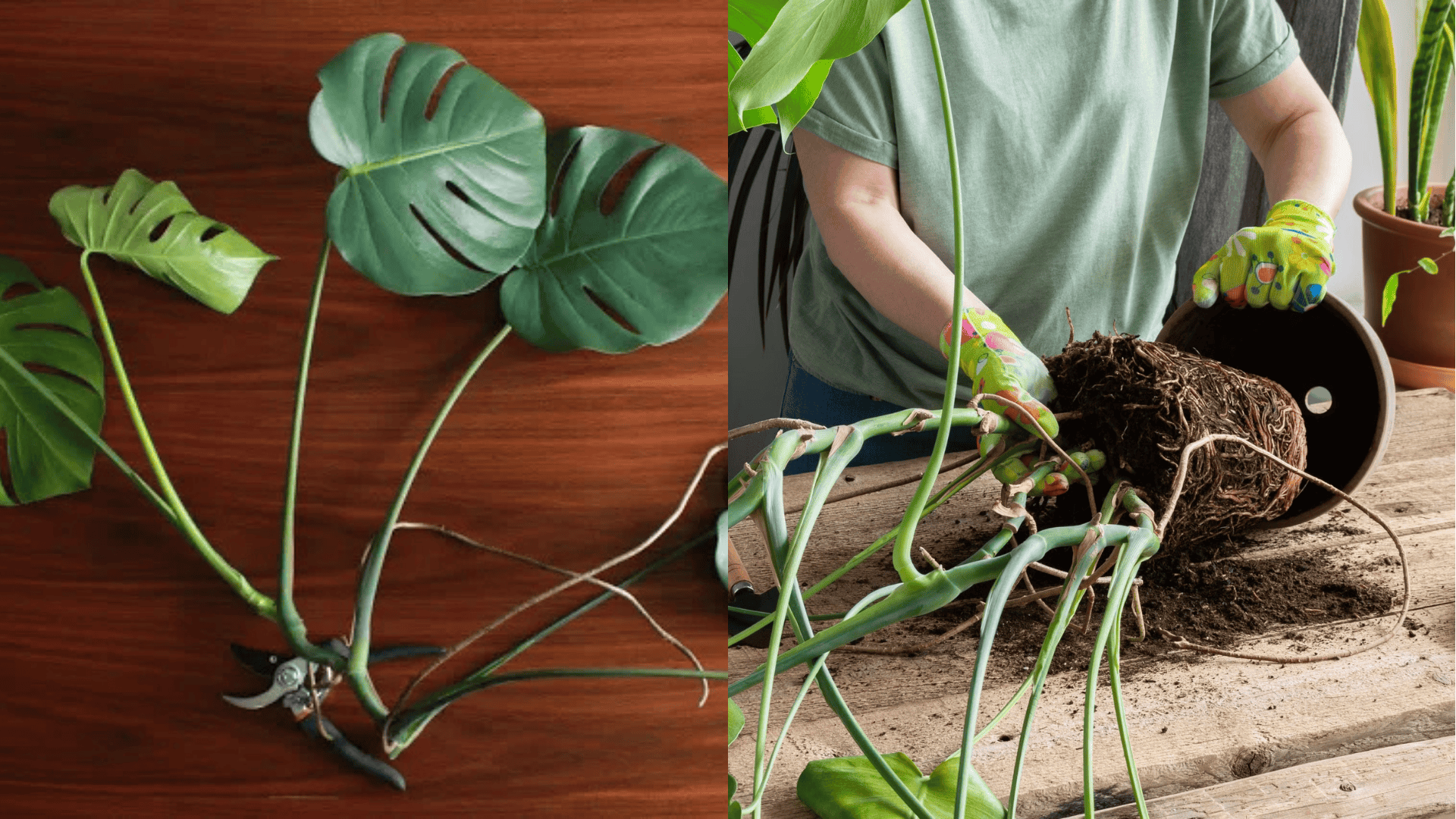
Propagation keeps your Monstera collection growing.
You can root a stem cutting in water or try air layering, where you wrap moist moss around a stem node until roots appear.
It’s an easy, mess-free way to start new plants.
Steps for Air Layering:
- Select a healthy stem with a node.
- Wrap it with damp moss and cover it with plastic wrap.
- Keep it moist until roots emerge.
- Cut below the new roots and pot it up.
It’s like cloning your favorite plant without cutting too early.
Pests and Problems in Growing Monstera
Monsterras are resilient, but improper care can cause leaf discoloration, drooping, or pest issues.
Catching these problems early keeps your plant strong and thriving.
1. Yellowing Leaves: Too much water or poor drainage causes yellow leaves. Let the soil dry, and repot if it smells musty. Trust me, overwatering is a rite of passage for every Monstera owner.
Quick Fix: Drain well, use chunky soil, and check roots for rot.
2. Brown Leaf Tips: Crispy edges mean low humidity or harsh tap water. Mist regularly or switch to filtered water.
Quick Fix: Increase humidity; trim damaged tips for a clean look.
3. Drooping Stems: Droopy stems signal thirst or lack of support. Monstera are climbers—give them a moss pole and watch them reach for the sky.
Quick Fix: Water if dry, and stake weak stems.
4. Pale or Small Leaves: Pale leaves suggest nutrient deficiency. Feed monthly with diluted fertilizer and refresh the soil yearly.
Quick Fix: Fertilize once a month during spring and summer, and refresh the topsoil yearly.
5. Common Pests: If you spot sticky residue or tiny webs, act fast. Wipe leaves with soapy water or neem oil weekly. I once ignored one web; my plant became a spider playground within a week.
Quick Fix: Clean regularly and isolate infested plants.
|
Is Monstera Toxic to Pets? All Monstera species, including the Swiss cheese plant, are toxic to pets if ingested. The calcium oxalate crystals can irritate the mouth and digestive system of cats and dogs. Keep your plant out of reach and watch for nibbling pets. |
Conclusion
Monstera combine tropical charm with durability, making them ideal for indoor gardeners of all experience levels.
By mastering lighting, watering, and humidity, you can enjoy lush, fenestrated leaves year-round.
Both Monstera Deliciosa and Monstera Adansonii respond best to consistency, not overcare.
A balanced approach outlined in this monstera care guide keeps your plant healthy, stable, and visually stunning for years to come.
With a little observation and patience, even first-time growers can master this monstera care guide for beginners and watch their plants grow beautifully indoors.
Which type of Monstera do you grow?
Share your plant care tips and experiences in the comments below!
Frequently Asked Questions
How Often Should I Clean Monstera Leaves?
Dust and residue can block sunlight and slow growth. Wipe the leaves every two weeks using a soft, damp cloth to keep them clean and allow efficient photosynthesis.
What’s the Best Way to Support a Tall Monstera Plant?
Use a moss pole, coir stick, or trellis to guide aerial roots and provide vertical support. This encourages upright growth and prevents the stems from drooping as the plant matures.
Can Monstera Grow in Water Permanently?
Yes, Monstera can adapt to hydroponic setups if the water is changed regularly. However, soil provides better long-term nutrition and stability for larger, mature plants.

